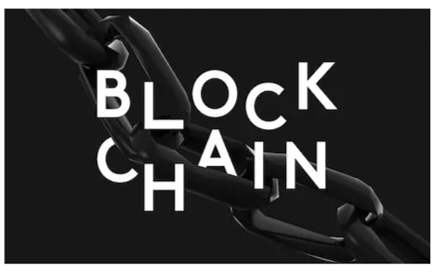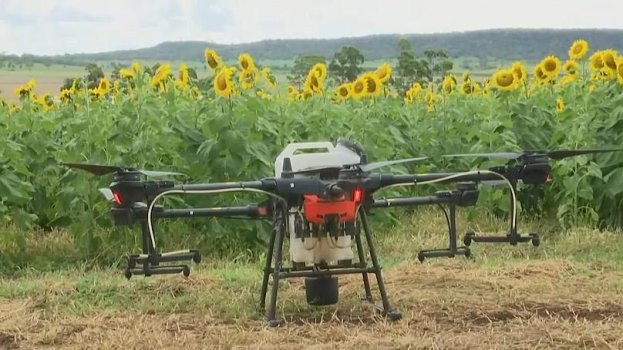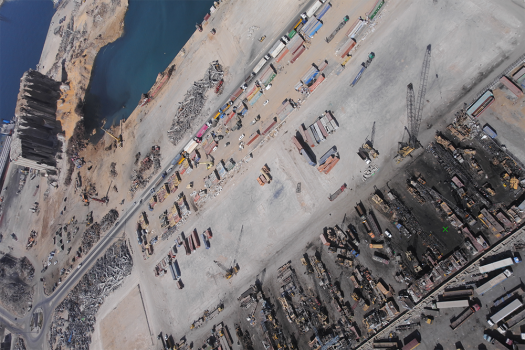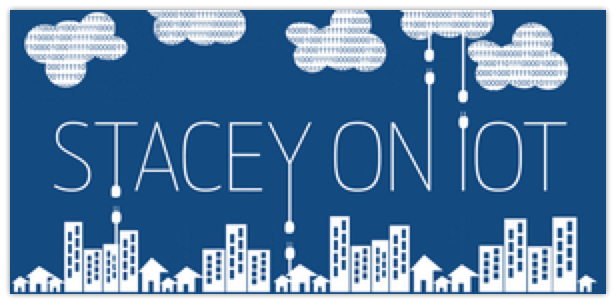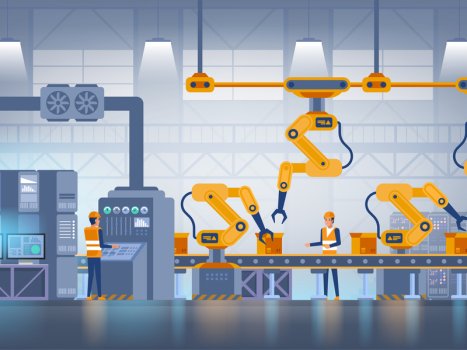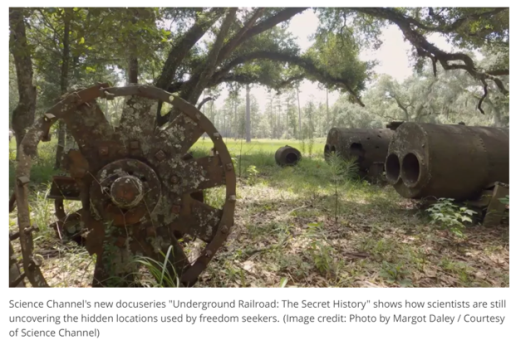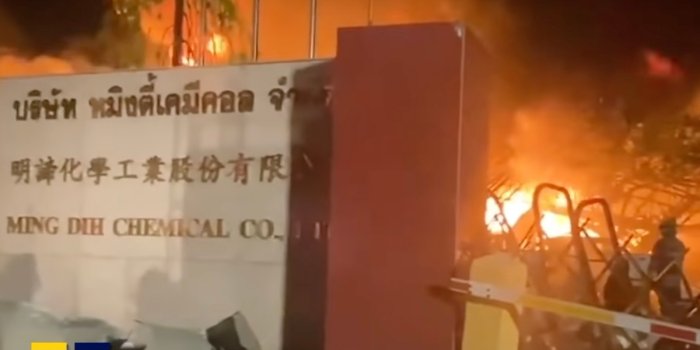Why Blockchain Alone Won’t Solve Today’s Privacy Woes
- Technology Solutions
- 0 Replies
Protecting privacy across the internet has never been more important. Covid-19 has sparked an unprecedented growth in digital services and pushed more people into the online world. Due to this, we must ensure that users’ data is protected and they have full control over what information they share, especially as data breaches and hacking are on the rise. Decentralized technologies have the potential to provide a solution through applications that allow people to only grant access to their information using a blockchain-based private key. Whilst these solutions can provide users with greater control of their online data, it is essential that full privacy in the decentralized realm is also upheld as blockchain alone can’t solve for full privacy, and confidentiality issues still remain.
Marketing Technology News: What China’s New Data Privacy Laws Means for Marketers
The internet brought with it many benefits, such as allowing people to conduct business online and connecting people across the globe. Yet, data breaches still occur every day. From Facebook leaking over 553M users personal information in 2021, to Microsoft accidentally exposing user analytics online, the examples are endless. This exhibits the need for better privacy across the web. Many users aren’t aware of these risks and don’t consider who can access their personal data, especially from centralized social media platforms. Exposing this type of private information leaves it vulnerable and at risk of breaches and exploitation, which can be dangerous if placed in the wrong hands. Luckily, the continued development of blockchain technology signifies a large collective effort to offer more secure platforms across the web.
The development of centralized technologies has outstripped the growth of adequate data protections suitable for online interoperable services that drive the data driven economy. This means that it is somewhat easy to hack or lose sensitive information across these data bases, as they exist in silos protected by systems less suitable for online interoperable services. On the contrary, Blockchain technologies differ in that information is shared with a number of systematically connected parties, making it much harder to tamper with information. Blockchain technologies facilitate ideally online interoperable services and allow for solutions that put the users in control of data. Despite this, it is vital to remember that online users must also take responsibility for their own personal data and what they choose to share with the online world. Integrating the physical and digital world through decentralized technologies means that users can place a deeper level of trust in the internet.
Continue reading: https://martechseries.com/mts-insights/guest-authors/why-blockchain-alone-wont-solve-todays-privacy-woes/
Marketing Technology News: What China’s New Data Privacy Laws Means for Marketers
The internet brought with it many benefits, such as allowing people to conduct business online and connecting people across the globe. Yet, data breaches still occur every day. From Facebook leaking over 553M users personal information in 2021, to Microsoft accidentally exposing user analytics online, the examples are endless. This exhibits the need for better privacy across the web. Many users aren’t aware of these risks and don’t consider who can access their personal data, especially from centralized social media platforms. Exposing this type of private information leaves it vulnerable and at risk of breaches and exploitation, which can be dangerous if placed in the wrong hands. Luckily, the continued development of blockchain technology signifies a large collective effort to offer more secure platforms across the web.
The development of centralized technologies has outstripped the growth of adequate data protections suitable for online interoperable services that drive the data driven economy. This means that it is somewhat easy to hack or lose sensitive information across these data bases, as they exist in silos protected by systems less suitable for online interoperable services. On the contrary, Blockchain technologies differ in that information is shared with a number of systematically connected parties, making it much harder to tamper with information. Blockchain technologies facilitate ideally online interoperable services and allow for solutions that put the users in control of data. Despite this, it is vital to remember that online users must also take responsibility for their own personal data and what they choose to share with the online world. Integrating the physical and digital world through decentralized technologies means that users can place a deeper level of trust in the internet.
Continue reading: https://martechseries.com/mts-insights/guest-authors/why-blockchain-alone-wont-solve-todays-privacy-woes/


